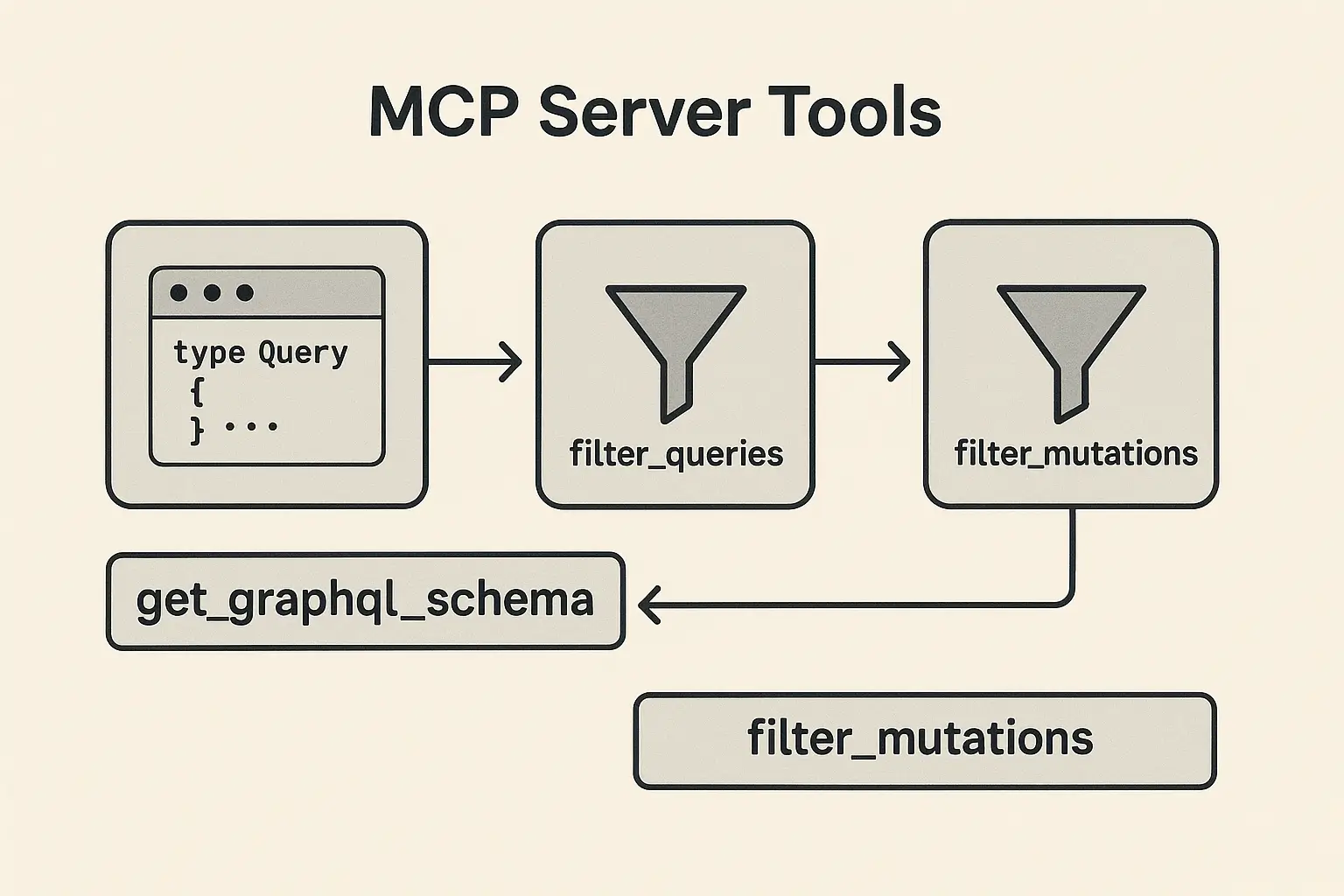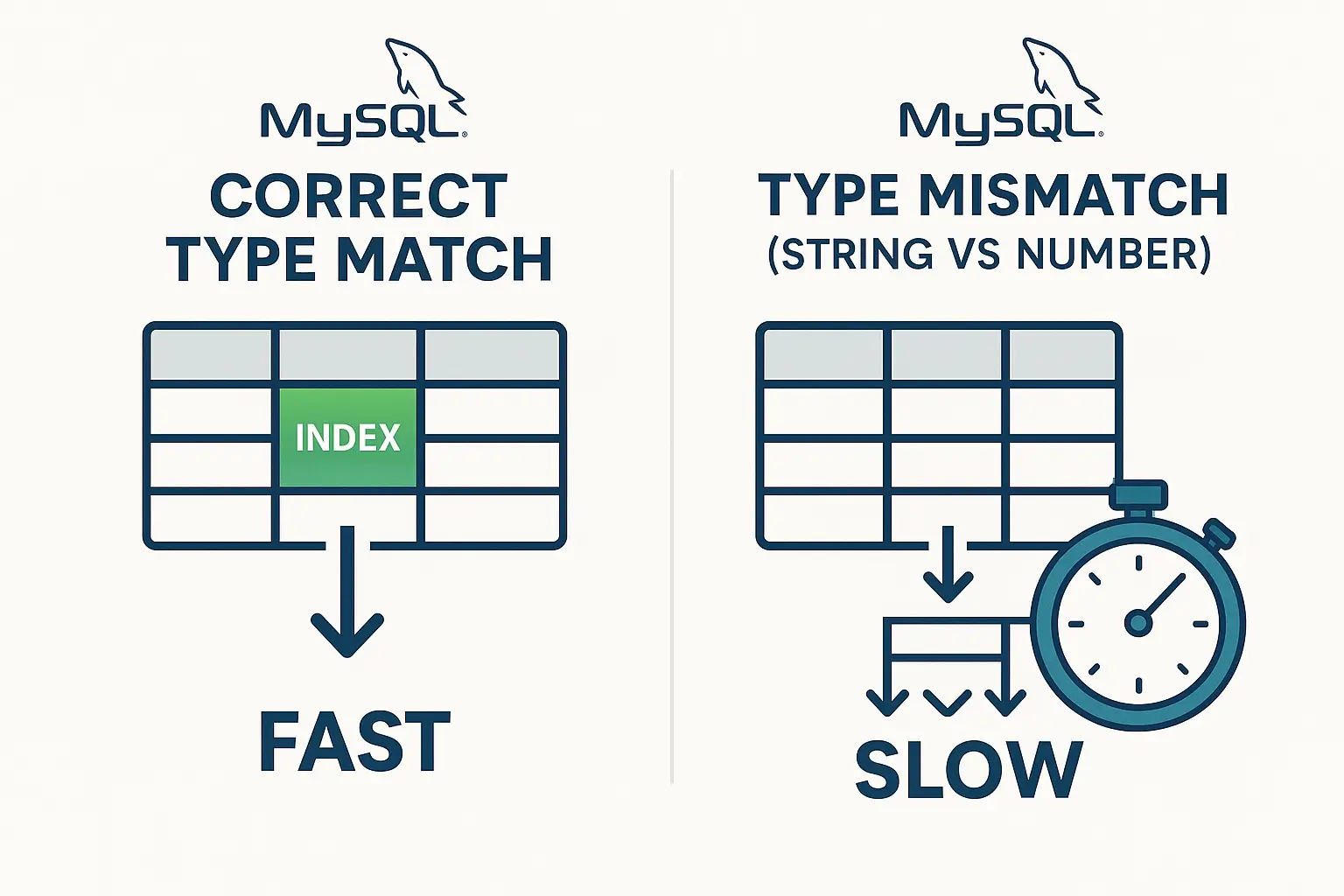Understanding HTTP Methods: GET, POST, PUT, and PATCH
In HTTP, GET, PUT, POST, and PATCH are different methods used for various operations on resources. Here’s a breakdown of each method and their typical use cases:
Understanding HTTP Methods: GET, POST, PUT, and PATCH
When working with web APIs and developing applications, understanding the different HTTP methods and their purposes is crucial. In this blog, we’ll explore the primary HTTP methods—GET, POST, PUT, and PATCH—and discuss how they handle data.
GET: Retrieving Data
Purpose: The GET method is used to retrieve data from a server. It is designed to request data from a specified resource and should not alter the state of the server.
Characteristics:
- Idempotent: Repeating the same
GETrequest will produce the same result without changing the server state. - Query Parameters: Data is sent as query parameters in the URL, which makes it suitable for simple data retrieval.
Limitations:
- Data Size: The amount of data you can send with a
GETrequest is limited by URL length constraints, which generally should be kept under 2,000 characters.
Example:
- Request:
GET /users?name=JohnDoe - Purpose: Fetching user information based on the query parameter.
POST: Submitting Data
Purpose: The POST method is used to submit data to a server, often resulting in the creation of a new resource or triggering a specific action.
Characteristics:
- Non-idempotent: Repeating the same
POSTrequest can result in different outcomes, such as creating multiple resources. - Request Body: It can handle a large amount of data in the request body, making it suitable for complex submissions.
Limitations:
- Caching:
POSTrequests are generally not cached by default. Caching behavior must be explicitly configured if needed.
Example:
- Request:
POST /userswith body{ "name": "Jane Smith", "email": "[email protected]" } - Purpose: Creating a new user with the provided data.
PUT: Updating Resources
Purpose: The PUT method is used to update or replace a resource at a specified URI. If the resource does not exist, it may create a new one (depending on the server’s implementation).
Characteristics:
- Idempotent: Repeating the same
PUTrequest will produce the same result, making it reliable for updates. - Request Body: The entire resource is typically replaced with the data provided in the request body.
Limitations:
- Caching: Like
POST,PUTrequests are not cached by default. Caching must be explicitly managed if necessary.
Example:
- Request:
PUT /users/123with body{ "name": "John Doe", "email": "[email protected]" } - Purpose: Replacing or updating the user with ID
123with the new information.
PATCH: Partial Updates
Purpose: The PATCH method is used to apply partial updates to a resource. Unlike PUT, it does not replace the entire resource but only updates the specified fields.
Characteristics:
- Non-idempotent: The result of a
PATCHrequest might vary depending on the server’s implementation, though it can be made idempotent if designed that way. - Request Body: Only the fields that need to be updated are included in the request body.
Limitations:
- Caching: As with
POSTandPUT, caching behavior forPATCHrequests is not standard and must be explicitly configured if desired.
Example:
- Request:
PATCH /users/123with body{ "email": "[email protected]" } - Purpose: Updating only the email address of the user with ID
123.
Important Note
While the traditional meanings and best practices for HTTP methods provide strong guidelines, servers can handle methods in unconventional ways based on specific design choices. For example, a server might use PATCH to create resources or POST for updates. Therefore, it’s crucial to consult API documentation and implementation details to understand how each method is handled in a particular context.
Summary
- GET: Ideal for retrieving data without changing server state, but limited in the amount of data that can be sent due to URL length constraints.
- POST: Suitable for submitting large amounts of data and creating new resources, but not idempotent by default.
- PUT: Used for replacing or updating a resource, and is idempotent, meaning repeated requests will have the same effect.
- PATCH: For partial updates to a resource, providing flexibility to modify specific fields without altering the entire resource.
While the conventional meanings and best practices for HTTP methods provide a strong guideline, servers can be designed with different implementations based on specific needs or use cases. Understanding these implementations through proper documentation and clear API design is key to effectively working with and utilizing these methods in practice.





